Dive Details
Location
Date
Sunday 20 September 2015
Time
10:15am - 11:37am
Details
We stared the dive with Tomas, Eric and Mic for Eric and Mic's 100th dive. We got in on the point on the mainland side and descended to the sand so that Eric and Mic could nude up for the dive. They swam around a bit and had their photos taken and then Tomas indicated to Ben and I that they were finishing their dive and we should go on our own.
We headed across the sand in a south easterly direction, although we kept swinging around to the south. I was mid-full of going too far east or south and missing the reef altogether. In the end it worked out well as we hit the corner right at the caves and I knew where we were.
We swam west and at the isolated rock on the sand I found the juvenile pygmy pipehorse (). We continued west and stayed on the northern side of the reef. We came across a large juvenile crested horn shark sitting on the bottom.
We continued west. I chose a rock that we'd swim around and then head back. While we were swimming around the rock, I looked under the rock and saw an upside-down pipefish, Heraldia nocturna. I have never seen one before and I have wanted to see one for ages. I coaxed it gently with my reef pointer hoping it would come out a bit further when it swam to a second one. It was a pair. I tried to get some photos but they were too far back under the rock. In the best (but still not very good) photo (below) I can make out eggs on the underside of the male. In the photo the eggs are above the male because these pipefish hang upside down, hence their name. I will have to go back and see if I can get better photos.
We headed east back to the caves, passing the juvenile pygmy and the Ardeadoris rubroannulata nudibranch on the way. The two white pygmies were still together and it took me some time to find the pink male.
Going up the slope we saw the pygmy (IL2015073104) on the rock above Pygmy Rock and the female pink pygmy (IL2015073101) on the pink sea tulip rock. At the top of the slope I was not able to find the bouncy female pygmy.
We started our safety stop above the boulders and exited on the northern side of the island to the west of the boat ramp.
Buddy
Ben Layman
Seas
Slight
Visibility
5 to 8 metres
Duration
82 minutes
Maximum depth
17.4 m
Average depth
11.9 m
Water temperature
17.5°C
Dive Profile from Citizen Hyper Aqualand

Tides at Botany Bay AEST
Note that tides at dive site may vary from above location.
High
12:12am
1.25m
Low
6:06am
0.58m
High
12:39pm
1.47m
Low
7:15pm
0.59m
Camera gear
Camera
Nikon D7000
Lens
Nikon AF Micro-Nikkor 60mm f/2.8D
Housing
Ikelite 6801.70
Lens port
Ikelite Flat Port 5502.41
Strobe
2 x Ikelite SubStrobe DS161
Photographs
Depth information, where present, indicates the depth of the camera when the photograph was taken and can be used to approximate the depth of the subject.
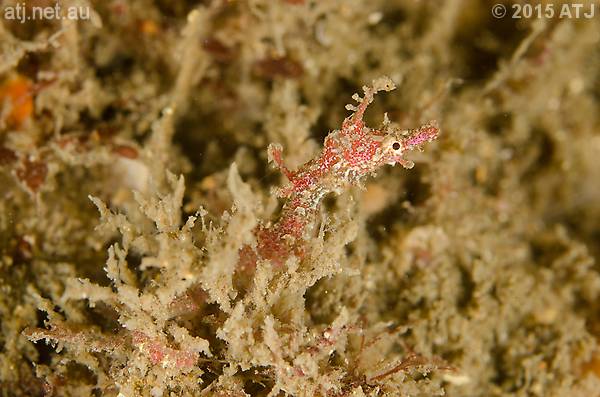
Juvenile Sydney pygmy pipehorse, Idiotropiscis lumnitzeri, (IL2015090801). 13.7 m.
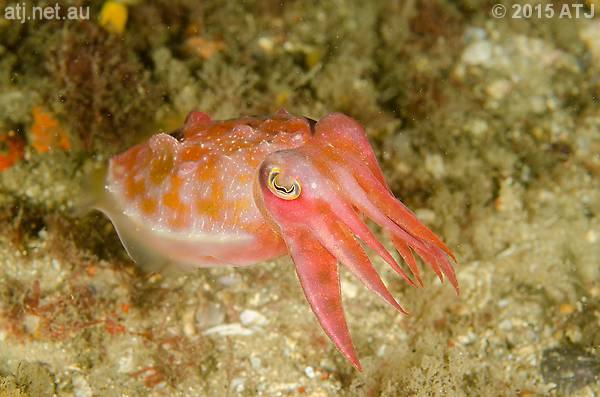
Reaper cuttlefish, Sepia mestus. 16 m.
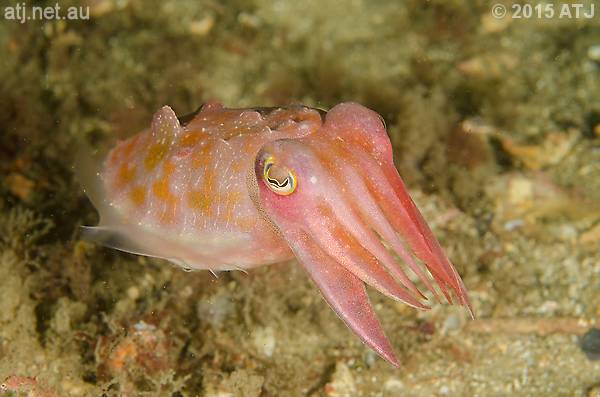
Reaper cuttlefish, Sepia mestus. 16.1 m.
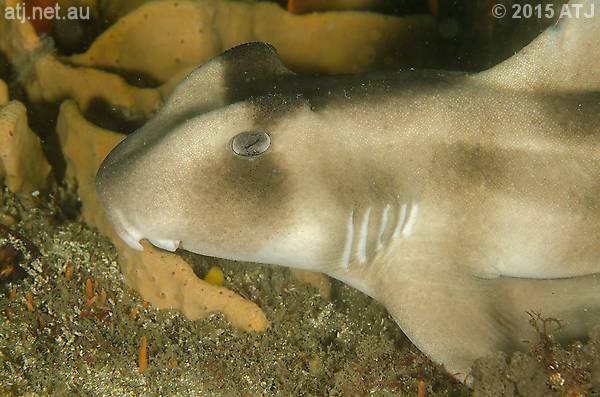
Juvenile crested horn shark, Heterodontus galeatus. 16.7 m.
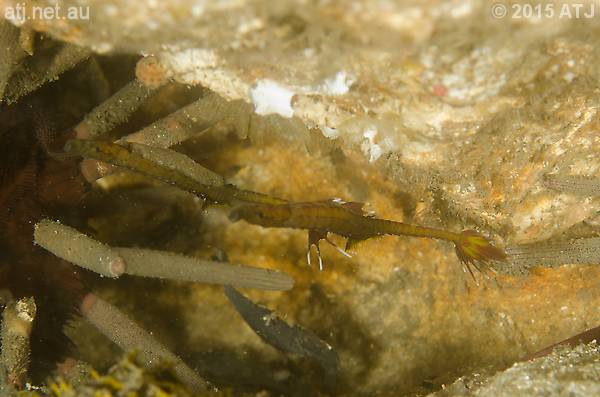
A pair of eastern upside-down pipefish, Heraldia nocturna. Note the eggs on the male. 16.8 m.
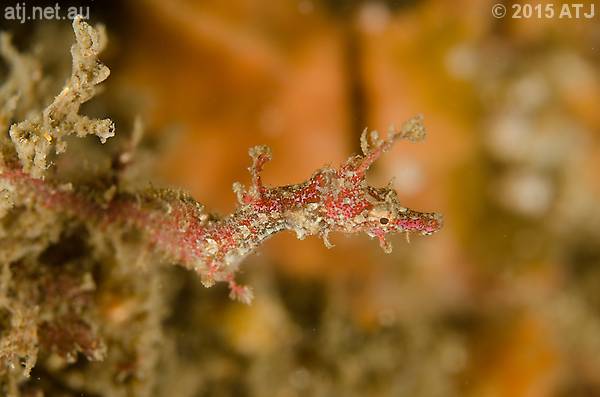
Juvenile Sydney pygmy pipehorse, Idiotropiscis lumnitzeri, (IL2015090801). 13.8 m.
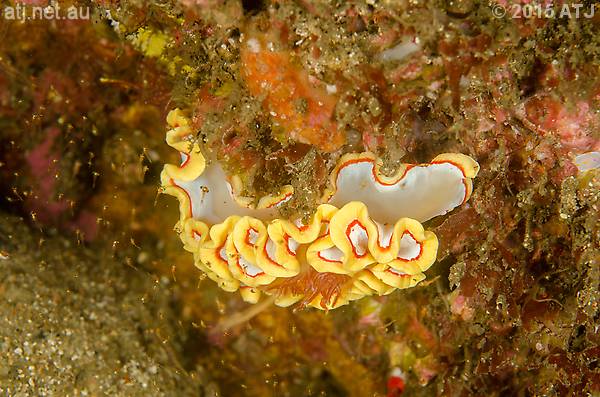
Nudibranch, Ardeadoris rubroannulata. 13.6 m.
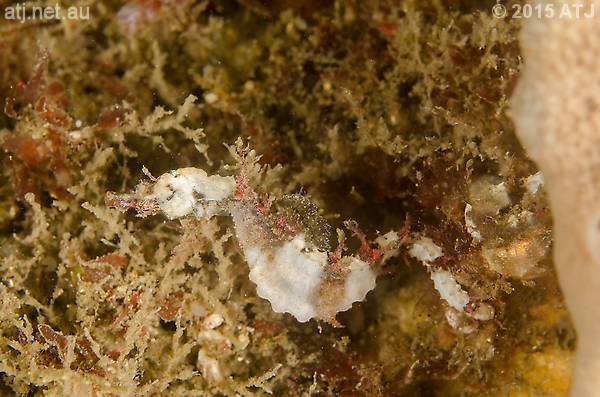
Male Sydney pygmy pipehorse, Idiotropiscis lumnitzeri, (IL2015081403). 13 m.
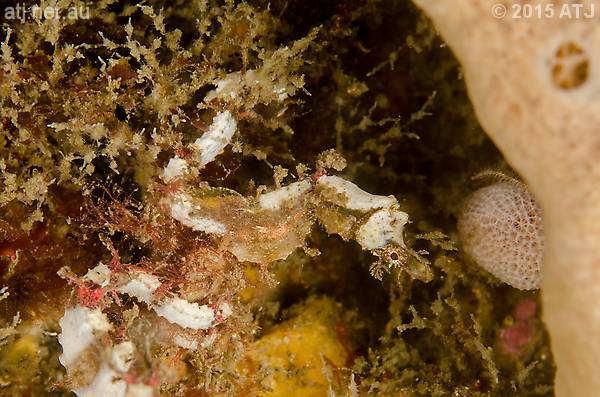
Female Sydney pygmy pipehorse, Idiotropiscis lumnitzeri, (IL2015081402). 13 m.
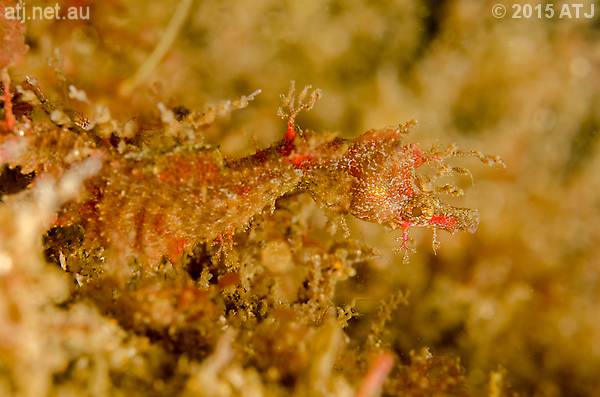
Male Sydney pygmy pipehorse, Idiotropiscis lumnitzeri, (IL2015073102). 13.1 m.
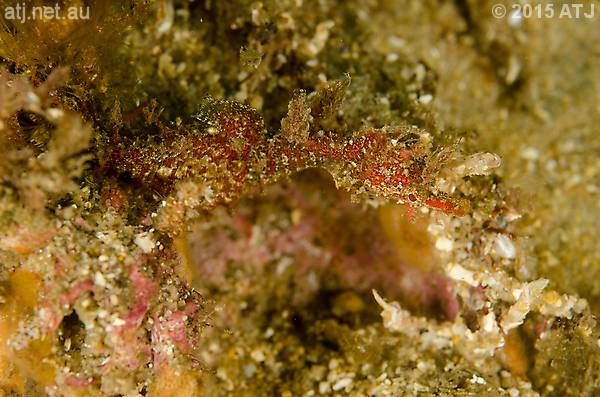
Sydney pygmy pipehorse, Idiotropiscis lumnitzeri, (IL2015073104). 10.9 m.
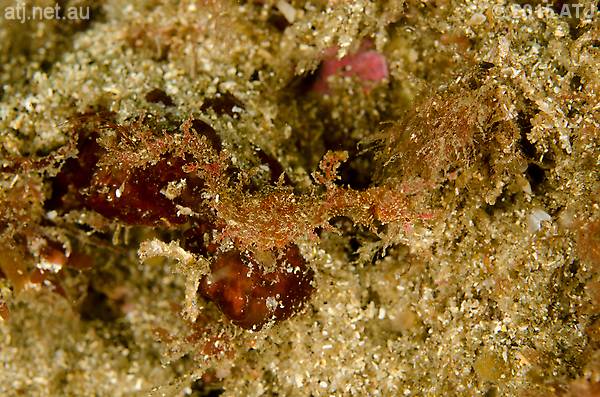
Female Sydney pygmy pipehorse, Idiotropiscis lumnitzeri, (IL2015073101). 10.5 m.